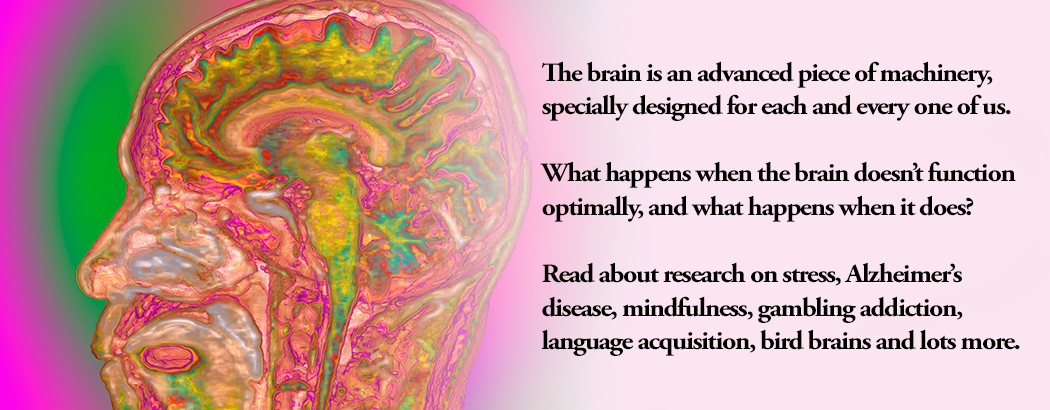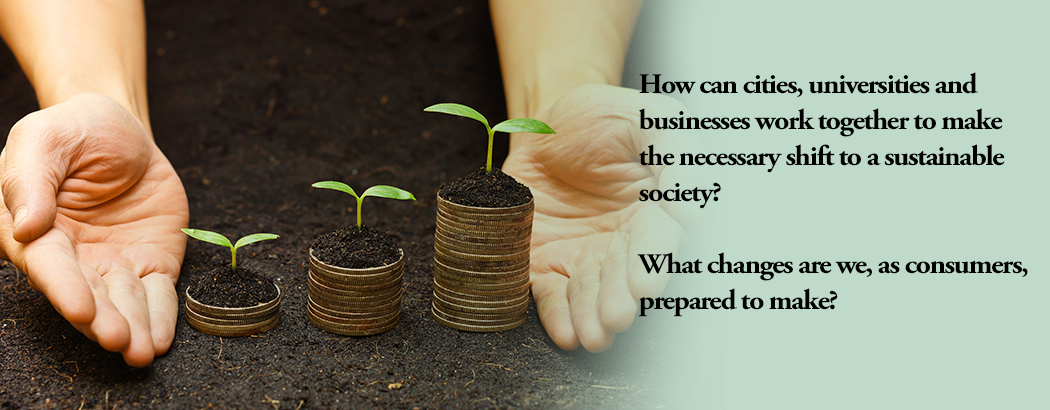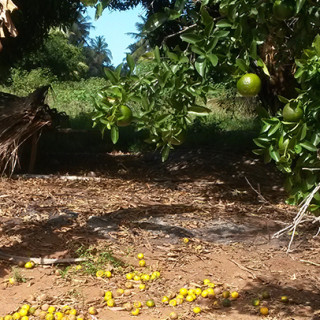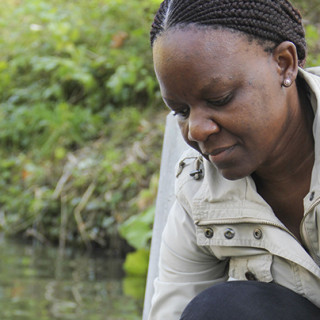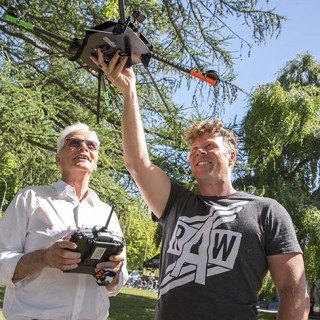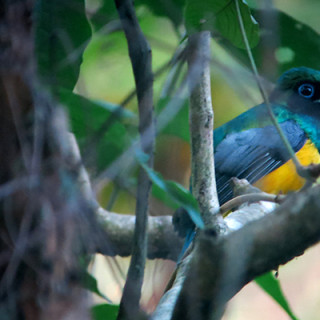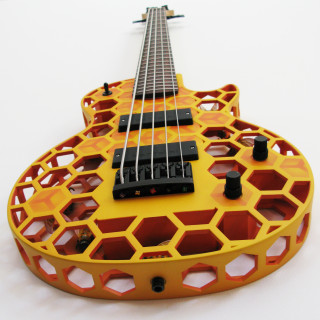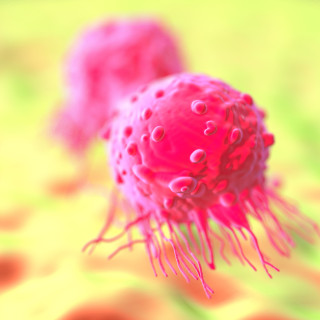Category: Science & technology
Imagine living in a country with an abundance of fruit, but not being able to preserve them for consumption throughout the year. That is currently the case in many African countries, such as Mozambique. Until now there has been a lack of simple preservation methods, and a lot of fruit...
A ’super detector’ that can track the traces of a lump of sugar in the Baltic Sea – that was the starting point for a potentially life-saving technique developed at Lund University in Sweden. The method may now detect small traces of toxic algae blooms in drinking water. A biosensor recently developed at Lund University can...
The key to increased well-being in Africa lies in improving small scale farming – at least if you want to see improvements within a foreseeable future, according to Göran Djurfeldt. Together with Ola Hall, he has now launched a project using drones to understand why harvests vary so much from...
Birds have one of the most impressive vision systems in the animal world. But despite their advanced retina, birds are not significantly better than humans at determining different shades of similar colours. Few animal groups show such a great variety in colour as the birds’ plumage. Many studies have shown...
Researchers from institutions including Lund University have taken a step closer to producing solar fuel using artificial photosynthesis. In a new study, they have successfully tracked the electrons’ rapid transit through a light-converting molecule. The ultimate aim of the present study is to find a way to make fuel from...
Electrons that are accelerated to almost the speed of light emit radiation in the form of synchrotron radiation when a strong magnetic field deflects them in their path. Synchrotron radiation is a light that is extremely bright, i.e. photon-dense, and equally intense at all wavelengths. Its short-wave and high energy...
Light is of fundamental significance as an energy and information carrier. Light rays enable us to see, and sunlight is the Earth’s most important source of heat. Light is also the basis for almost all life on Earth through the photosynthesis of plants, in which sunlight is used as a...
Researchers at Lund University in Sweden have found a new way to capture energy from sunlight – by using molecules that contain iron. The hope is to develop efficient and environmentally friendly solar energy applications. Solar energy is an inexhaustible resource that we currently only utilise to a very limited...
With the advent of the 3D printer, we have gained an entirely new method of manufacturing everything from the smallest heart valve to the wings of an aeroplane. Olaf Diegel, Professor of Product Development at Lund University, sees endless possibilities for 3D printing. Researchers in a number of disciplines are...


